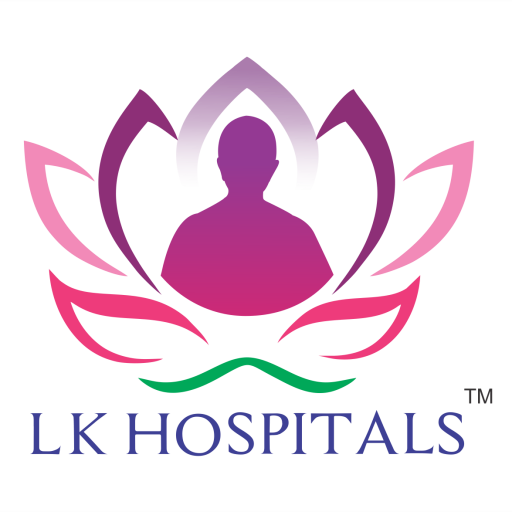
Case Study- Dr. Parthiban Raj
History
A female Patient of age 20s had history of sore throat and fever for which she had consulted a nearby clinic and she was prescribed with tablet amoxycillin and tablet brufen. After 3 days of the treatment, she came to our hospital with complaints of high-grade fever, diarrhoea with one episode of blood in stool, extensive peeling of the skin, mouth ulcer, visual disturbance and generalized fatigue.
Examination
Patient had extensive peeling of skin involving face, chest, upper abdomen and back. Diffuse skin tenderness was present in the affected areas. Oral mucosal ulcers were seen in lips, buccal mucosa and hard palate. Erythema and small ulcers were seen over genital region.
Investigation
Total blood counts were elevated, Bilirubin levels and liver enzymes was elevated, while the others blood parameters were normal.
Stevens Johnson syndrome {SJS} are acute life threatening mucocutaneous reactions characterized by extensive necrosis and detachment of epidermis. SJS usually begins within 4 to 30 days after the onset of drug exposure. It often presents with nonspecific symptoms such as fever, headache, rhinitis, cough or malaise may precede the mucocutaneous lesions by 1to 3 days. Initial symptoms will be followed by confluent purpuric and erythematous macules evolving to flaccid blisters and epidermal detachment predominating on the trunk and upper limbs.
Drugs are the most common cause of SJS. Some of the high-risk drugs are allopurinol, sulfonamide group antibiotics, carbamazepine, phenytoin, phenylbutazone and NSAIDs. Infections such as mycoplasma pneumoniae, viral infections and immunization have also been reported to cause SJS. Differential diagnosis includes erythema multiforme major, varicella, acute generalized exanthematous pustulosis, generalized bullous fixed drug eruption, graft-versus-host disease and staphylococcal scalded skin syndrome.
Treatment mainly involves early recognition and withdrawal of offending drugs. Supportive care involves iv fluids for fluid replacement, nutritional support by nasogastric tube, antibiotics if clinical infection is suspected. Specific treatment of acute stage involves corticosteroids, intravenous immunoglobulin, cyclosporin, plasmapheresis and anti TNF monoclonal antibodies.
Outcome
In this case of SJS and TEN overlap syndrome, the causative drug was identified early and stopped. Patient was treated with corticosteroids and immunosuppressants and thereby the progression of disease was stopped and patient recovered well with post inflammatory pigmentation over affected areas and complete healing of mucosal ulcers.
Clinical pearl
Early identification of causative drug and early diagnosis will significantly decrease mortality in stevens Johnson syndrome.
